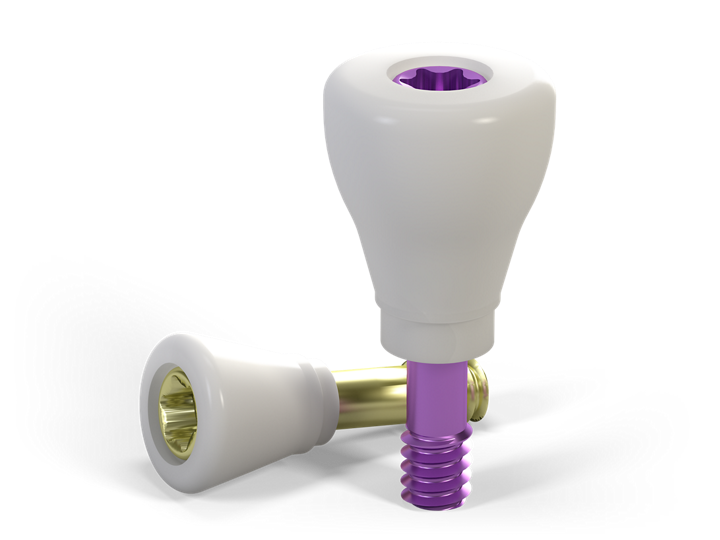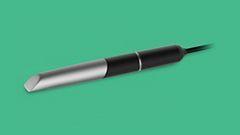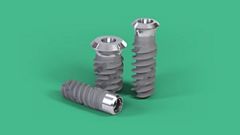
The first step to harmonious soft-tissue healing.
The Straumann® Ceramic Healing Abutments offer favorable conditions for soft-tissue attachment, hereby supporting a healthy peri-implant environment. Their well-proven zirconia material also helps surgeons and prosthodontists looking for less plaque attachment and enhanced soft tissue healing from the day of surgery.
Key indications |
Single-unit |
Fixation |
— |
Material |
ZrO2
|
Workflow |
Traditional |
Implant Systems |
BL | BLT
|
Implant Connections |
NC, RC |

Favorable soft-tissue attachment
In general, more favorable soft tissue attachment around zirconia than around titanium, with blood circulation similar to that around natural tooth.1-2

Designed for healthy peri-implant environment
Less plaque attachment on zirconia due to smoother surface compared to titanium.2-3,8-9

Ease of use
Aspiration-security thanks to integrated screw.
Color-coding to clearly identify the corresponding prosthetic platform.

Esthetics from the day of surgery
Ceramic abutments for the healing phase.
Final restoration using Straumann® Cares® ceramic options.
Brochures and videos
Looking for additional information? You'll find them in the Download Center.





